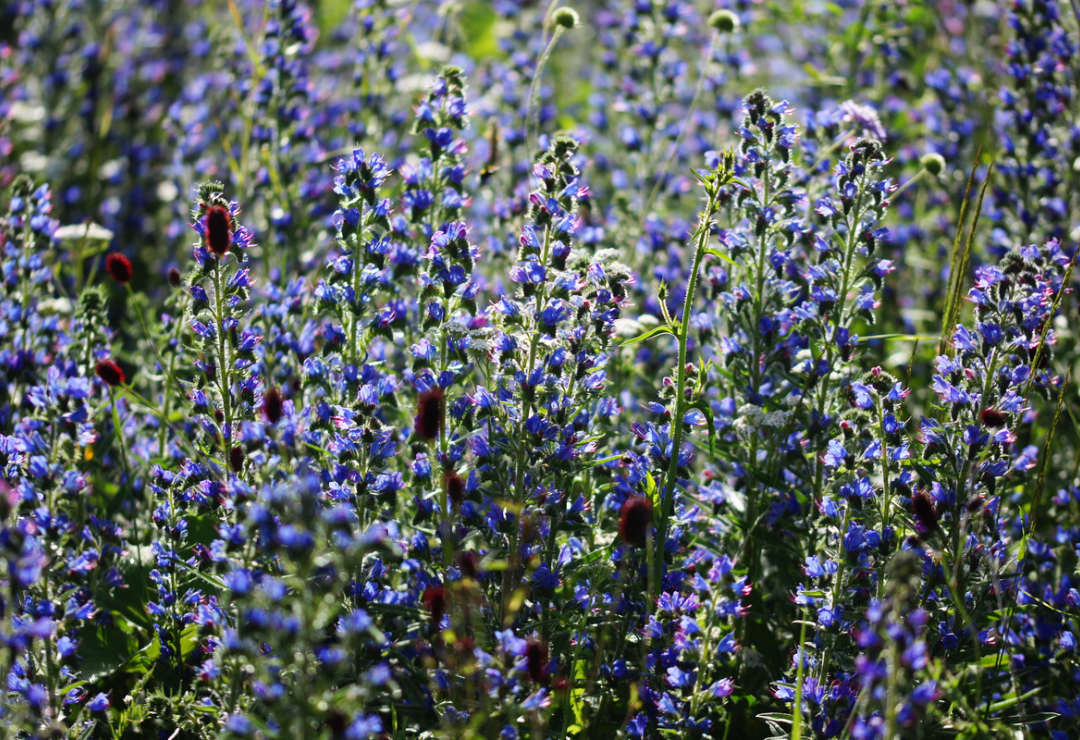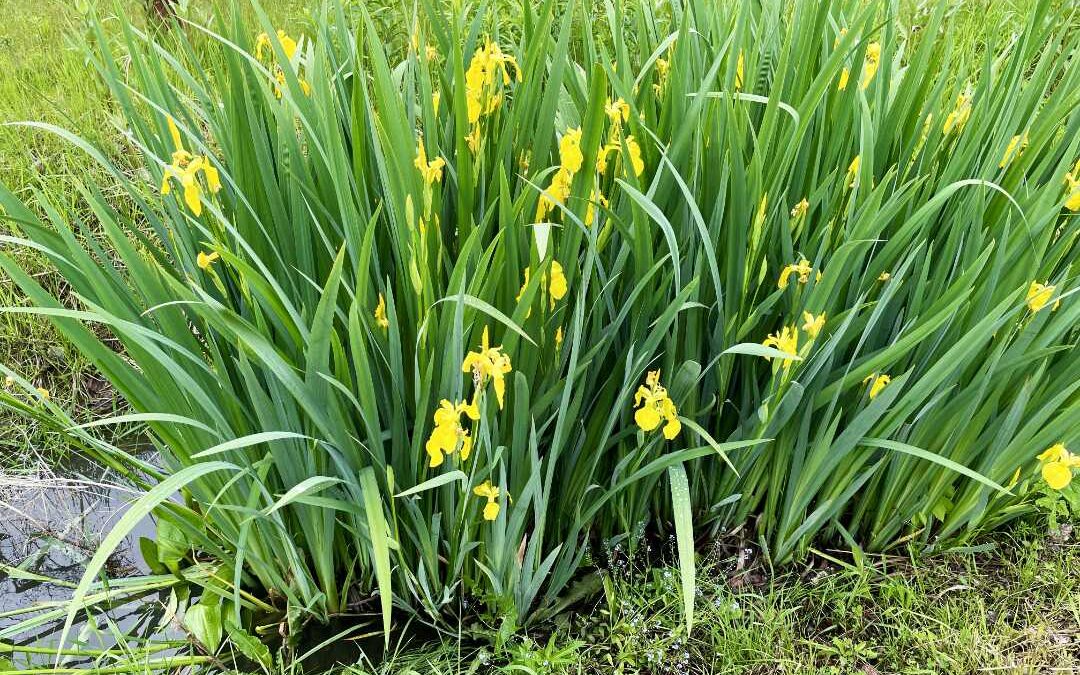Gardening with Nature
Article by Sigrie Kendrick
Invasive plants are dangerous for all
Invasive plants reduce biodiversity and pose a significant threat to agricultural crops, habitat for wildlife and fish, and they compromise water quality as well as native plant ecosystems.
These introduced species are non-native plants which have been introduced to our region from around the globe.
Some are toxic to humans, pets, grazing animals and wildlife. They can represent a threat to health and even to life itself.
Often these plants are colourful and attractive, lulling people into not recognizing them for the thugs they are.
I noticed some Echium vulgare or Blueweed at a neighbour’s property several years ago and mentioned that she should remove them immediately. But, she thought the colour was pretty and left them in place. Now she can enjoy an entire hillside of them, with little else in sight.
In addition, invasive plant species depreciate property values and threaten our tourism sector, potentially resulting in huge economic losses.
These introduced plants are able to out-compete our native flora because they do not encounter the same diseases and predators which keep them under control in their native environment.
Many of these invasives have extremely-high seed counts and ingenious methods of dispersing their seeds far and wide. Others have aggressive root systems which spread rapidly.
I have been at war with Cirsium arvense, known commonly as Canadian thistle at my property for the last two decades and was appalled to learn that one plant is capable of producing thousands of seeds which can remain viable for years in the soil.

Echium vulgare or Blueweed
But, all is not lost. Education is our best defense. We must all pull together to minimize the damage from these nasty non-native plants.
Please take the time to acquaint yourself with the work of the Okanagan and Similkameen Invasive Species Society (OASISS) which has been working tirelessly for the last 25 years to protect the ecosystems of the Okanagan and Similkameen for future generations.
On their website , you will find detailed information on the invasive species to watch for in our area; methods of identification; priority ratings for these plants; and control methods.
Recently OASISS partnered with the South Okanagan/Similkameen SPCA to remove cheat grass and puncture vine from areas used for dog walking around its animal centre. Both of these invasives are extremely dangerous for pets and potentially life-threatening. Puncture vine can even flatten bike tires.
Another resource for education about invasive species is the Invasive Species Council of B.C.’s publication: Grow Me Instead Guide. It makes suggestions for non-invasive alternatives to some of the invasives you may unknowingly have purchased from your local garden centre.
Two that I regularly see for purchase, leading to muttered profanities, are Euphorbia myrsinites, Donkey Tail Spurge, and Vinca minor, Common Periwinkle.
Why are these still for sale at garden centres?
Instead of Donkey Tail Spurge, Grow Me Instead suggests Cushion Spurge, Rock Rose, Broadleaf Stonecrop, or Yellow Ice Plant.
As for periwinkle, consider choices such as Bunchberry, Kinnickinnick, or Lowfast Cotoneaster.
By educating ourselves and working together we can protect our beautiful Okanagan Valley.
Sigrie Kendrick is a Master Gardener and Executive-Director of the Okanagan Xeriscape Association. She can be reached at 778-363-8360 or by email at exec_dir@okanaganxeriscape.org.

